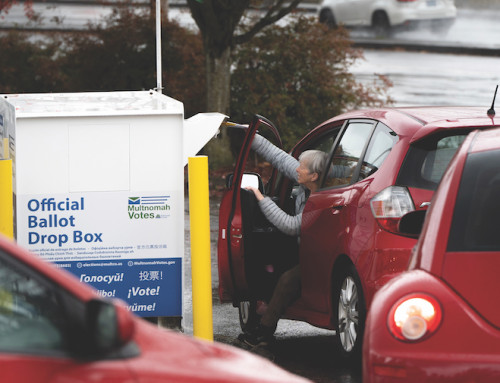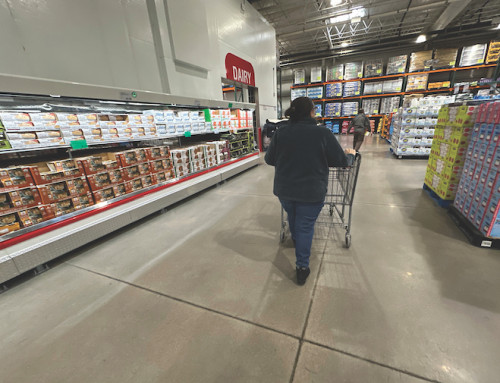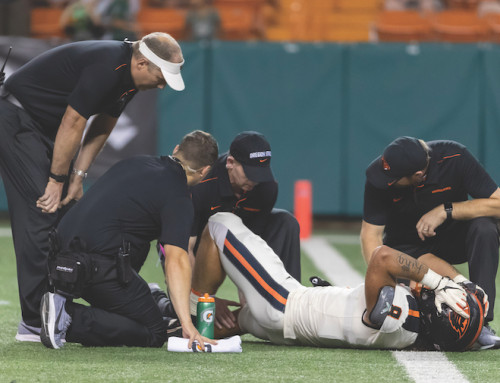Homelessness in Ohio has become a popular topic among organizations for increasing money and creating plans to end homelessness.
A new statewide study describes the extent and nature of homelessness in Ohio to lay the groundwork for a Statewide Plan to End Homelessness.
The study was conducted by the Ohio Development Services Agency’s Office of Community Development, the Corporation for Supportive Housing and Barbara Poppe and Associates.
This study took place in several communities between June and August of this year.
The findings include the demographic, geographic and economic conditions that affect homelessness and examined the statewide delivery system of programs and services to populations at imminent risk or experiencing homelessness.
The Coalition on Homelessness and Housing in Ohio, an interagency working group, created a comprehensive approach to addressing housing and homelessness to aide in the developmemnt of the statewide plan to ensure sustained partnerships across public health and housing systems resulting in short- and long-term strategies to support individuals experiencing homelessness.
Ohio’s homelessness rose to nearly 620,000 homeless persons compared to the 560,000 U.S. average, according to the study.
As for the current inventory of homeless programs, the study shows 53 percent offer permanent supportive housing, 22 percent offer emergency shelter, 13 percent offer rapid rehousing and 12 percent transitional housing.
Rev. Karen Cook, of Church and Community Development for All People, described her experience serving Columbus’s southside residents having difficulty keeping up with the rising cost-of-living at the Housing Ohio Annual Conference this summer hosted by COHHIO.
“People are working more hours and earning less pay, and meanwhile rents just keep going up,” she said. “We’re doing everything we can to help, but the low-wage economy is a bigger problem than the faith-based community can solve alone.”
Luke Shaefer, coauthor of the 2015 book “$2 a Day,” described during the conference how extreme poverty that is more often associated with the developing world has grown at an alarming rate in the U.S.
He then revealed research showing an estimated 191,000 Ohioans live on $2 a day or less.
Bill Faith, COHHIO executive director, then drew attention to the increasing disparity between average median income.
“While Ohio’s foreclosure crisis has eased somewhat in recent years, the number of eviction filings has barely budged since the height of the recession,” he said. “With 7 percent of Ohio’s 1.5 million renter households facing court-ordered eviction each year, there’s thousands of families living constantly on the verge of homelessness.”
During the conference, advocates outlined recommendations to ease extreme poverty in Ohio including:
Redesigning federal cash assistance to create a functioning safety net that successfully catches people when they fall; making the state Earned Income Tax Credit refundable; and expanding the Ohio Housing Trust Fund to increase support for homeless, disabled and extremely low-income families.
“Substantially expanding the trust fund would put a dent in homelessness, which would reduce state spending on health care, schools, jails and courts, and it would help grow Ohio’s economy,” said Faith.








